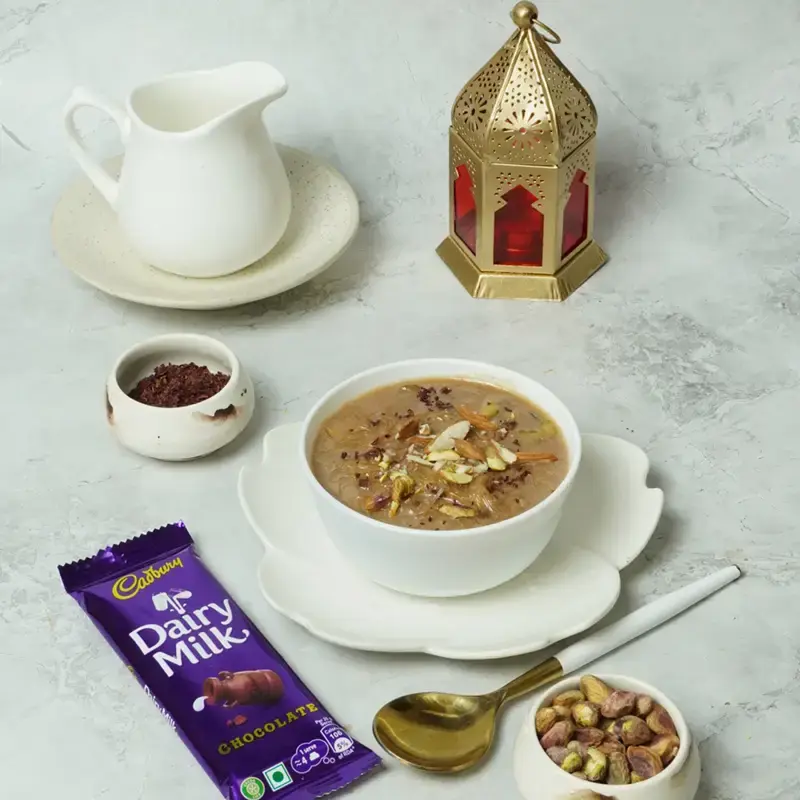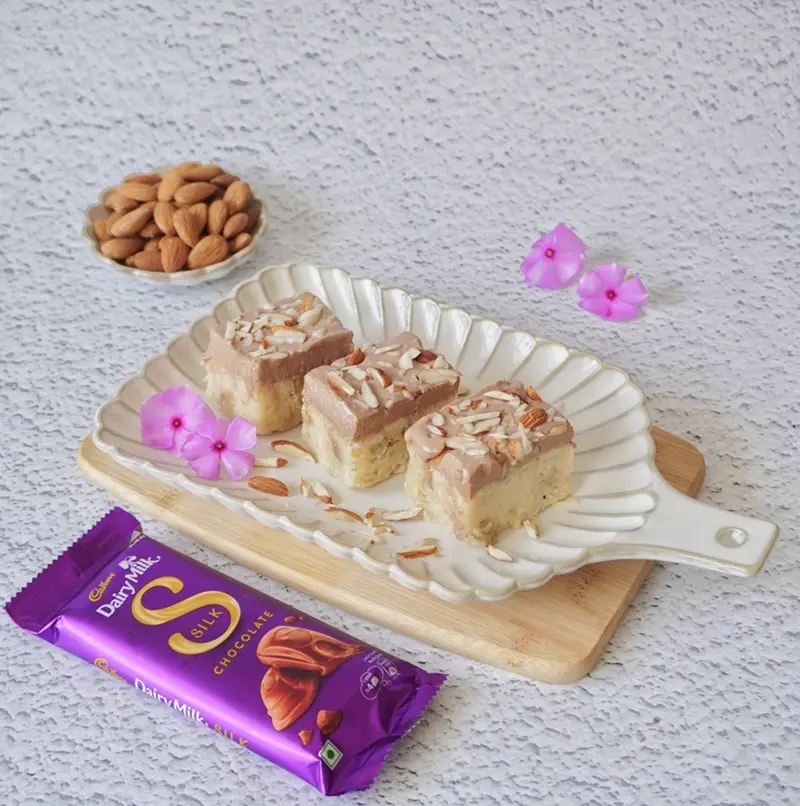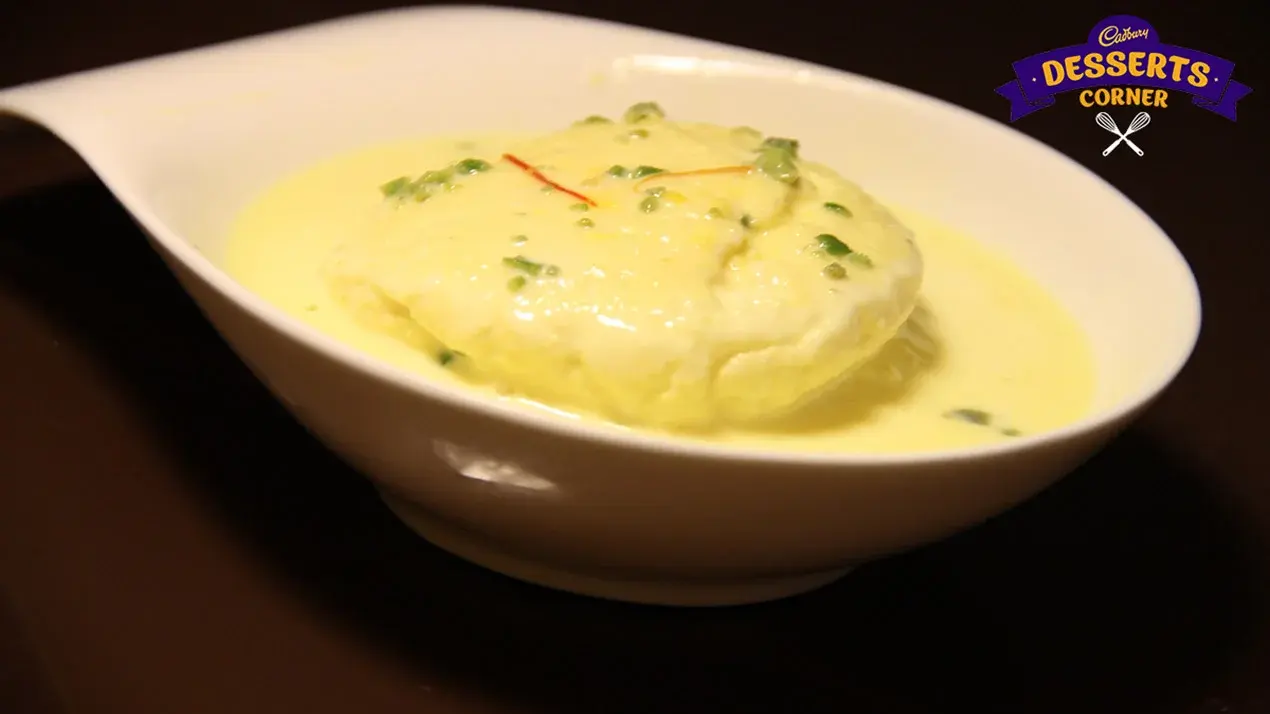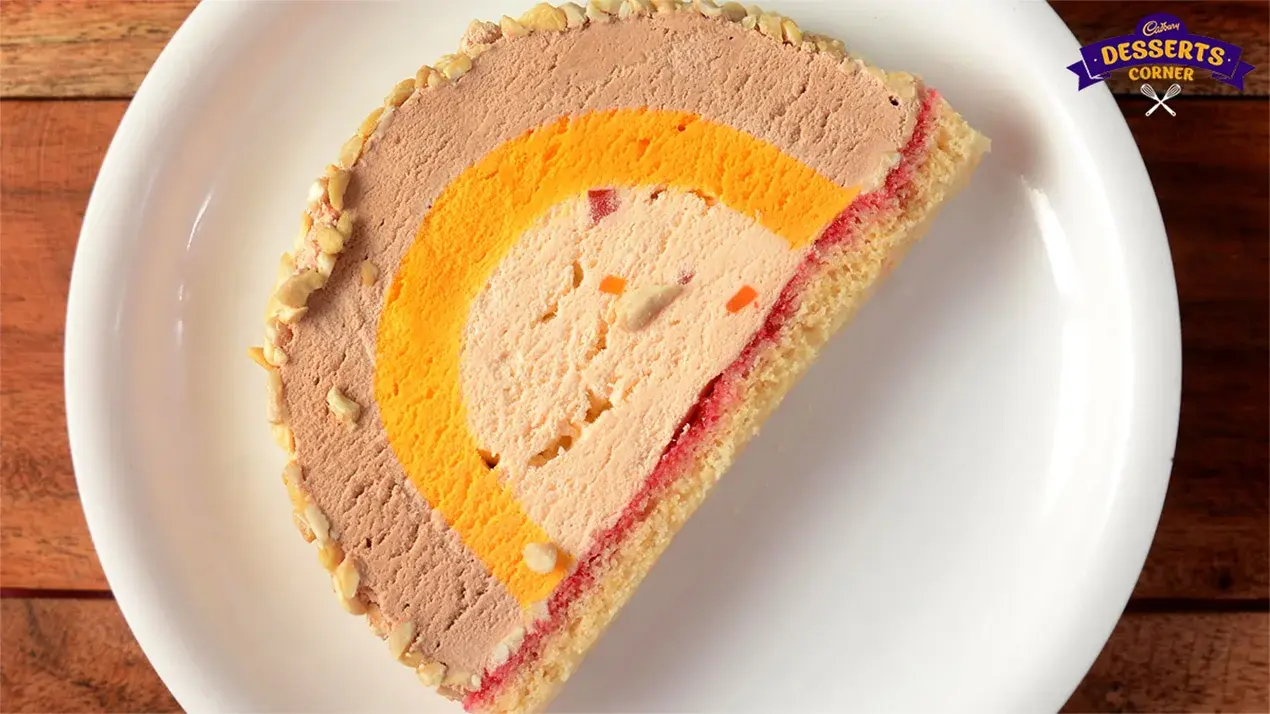What’s a donut and where did it come from, exactly? Journey from the early Arabs and Indians to Ancient Greeks and Romans and from Dutch immigrants to modern Americans

What’s a donut and where did it come from, exactly? Journey from the early Arabs and Indians to Ancient Greeks and Romans and from Dutch immigrants to modern Americans.
A donut is a comfort food like no other. The warmth and freshness of the soft donut makes it pull apart and melt easily in the mouth. The topping crumbles on your tongue and adds its own flavor and textural notes to the donut. They’re favorites of not just the Americans, but of many all over the globe—be it the classic ring donuts or the decadent ones with fillings, or even donut holes that have essentially been converted from waste to a dish unto themselves, offering much excitement to the ones who can’t have enough of them.

There are several origin stories about this dessert that also doubles as a snack. If one traces it back to the first time dough was fried, we’d be looking at the ancient Greeks and Romans, who fried cakes and topped them with honey. Dough blobs, reminiscent of the filled rather than traditional holed donuts, were also fried by the Arabs, followed by them being dipped in sugar syrup as sweetener. Similarly, India has gulab jamuns, prepared in an identical manner , while also being a predecessor of the filled donuts.

Many also trace donuts back to the Dutch. When they came to New Amsterdam, now New York City, as immigrants, they naturally brought their culinary culture with them. Among their heritage were olykocks or oily cakes, and oliebollen or oiled balls. Essentially, the fried dough in pork fat. In fact, Washington Irving’s 1809 book A History of New York, From the Beginning of the World to the End of the Dutch Dynasty, mentions “balls of sweetened dough, fried in hog’s fat, and called doughnuts, or olykoeks.” Several others believe that the modern donuts are descendants of British or German fried dough traditions.

But most food historians agree that the American donut, as we recognize it today, might only have been around since the mid-1800s. One legend says that in 1847, American sailor Hanson Gregory came up with the idea. He noticed how donuts at the time were just crispy dough balls, which remained raw in the middle. To eliminate this issue, at age 16, he came up with the idea of simply removing the middle part of the dish. As he later explained to the Washington Post, he used a tin pepper box lid to “cut into the middle of that donut, the first hold ever seen by mortal eyes.” He shared his invention with his mother and her ring donuts soon became a sensation.

Whatever its origin, the donut attained its current popularity only as recently as the World War one. Two hundred and fifty volunteers were sent with snacks and supplies to the US troops in France by the Salvation Army. The volunteers had planned to bake cakes and pies, but ovens were scarce there. Since scarcity is the mother of invention, they used the pans they had to switch over to donuts; it was the obvious solution. They are said to have rolled out the dough with bottles and shell casings, cut them with empty baking powder cans and made holes using a broken coffee maker. The women came to be known as “Doughnut Lassies”. Therefore, after the war, the donut had become a mainstay in American life, rising in popularity over the years, especially as a snack for the police.

In 1920, New York City saw the first donut machine when Adolph Levitt, a refugee from Czarist Russia, started selling fried donuts at his bakery. The high demand pushed him to create a machine that could make them faster, so he did. Levitt’s machines grew in popularity and were soon in demand by bakers all over the country. It wasn't long before several companies selling donuts started popping up.

Now, this dessert or snack has spread all over the world, with many people around the globe experimenting with it and adapting it according to their culinary cultures. In India, one will find kaju katli and jalebi donuts too. Keeping the basic tenet of frying dough in place, people are experimenting with new ways of presenting and topping that dough. While gulab jamuns are dipped in a syrup, a donut ball might be dipped in a chocolate sauce, but the processes are strikingly similar. In the way that gulab jamuns can be considered predecessors of the donut, we’ve certainly come full circle.
Like This Article?
More Like This


Popular Articles





Trending Web Stories
Curated Recipes




















